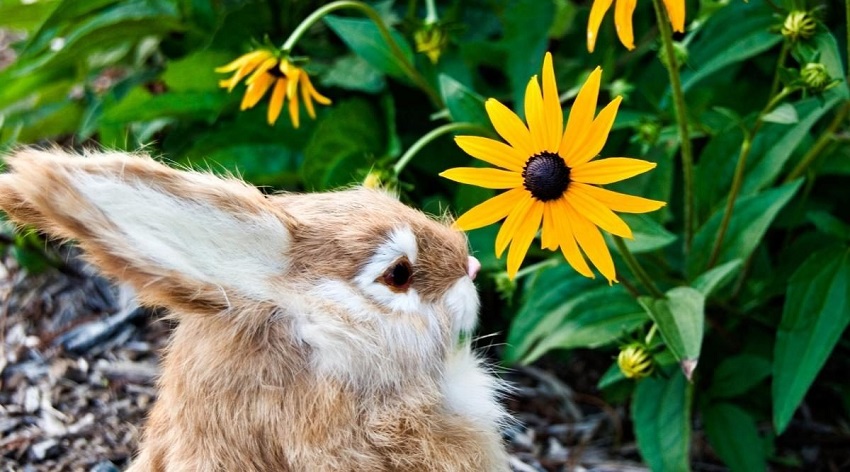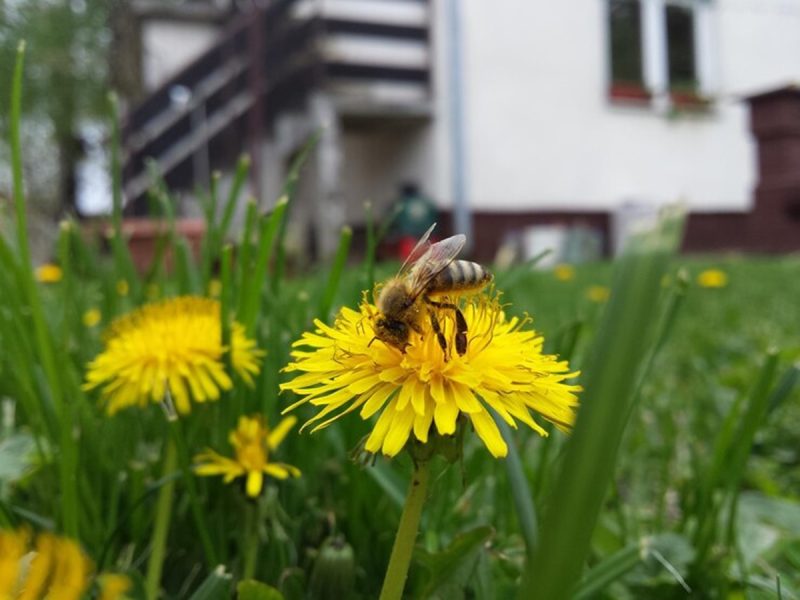Black-eyed Susan plants are members of the sunflower family, which are native to North America. The plant’s golden-yellow petals and dark brown centers lend themselves to making beautiful summer and fall gardens. The black eyed Susan is a hardy wildflower species that can adapt well to different climates and growing conditions. Here’s everything you need to know about how to care for black eyed Susan.
Planting Black-Eyed Susan
Black-eyed Susan is a beautiful wildflower that can be grown in most soil types and prefers a location with ample sunlight. It’s best to plant these flowers in the spring or late summer when the soil is moist. These flowers thrive in hardiness zones 3 to 9 in the United States. To ensure proper growth, it’s important to plant the seedlings 6-8 inches apart to allow them to spread. If you’re looking to add a touch of elegance to your garden, consider pairing black-eyed Susan with the stunning black dragon rose.
Watering Black-Eyed Susan
Black-eyed Susan does well with moderate watering, and it needs an average of one inch of water per week. These plants can endure dry conditions once established, so avoid overwatering them. As soon as the soil feels dry to the touch, it’s time to water the plants.
Fertilizing Black-Eyed Susan
Black-eyed Susan plant does not require a lot of fertilization to thrive and grow. Adding some organic compost to flower beds will sustain the plant’s fertility and improve soil structure, allowing moisture to penetrate the roots.
Pruning/Deadheading Black-Eyed Susan
Pinch back the plant’s dead blooms to promote new flowering. Deadhead the blooms that have finished blooming from the central stem. Deadheading will encourage your plant to produce more flowers, creating a more beautiful and uniform bloom throughout the season.
Pest Control For Black-Eyed Susan
Black-eyed Susan is relatively easy to maintain; the plant is not particularly prone to pests or plant diseases. Fungal leaf spot is one problem that can occur, and it causes small patches of brown or black discoloration on the plant’s leaves. To prevent fungal growth, avoid crowding black-eyed Susan plants together if possible, and be sure to provide adequate air circulation around them.
Deer And Rabbit Control
Deer and rabbits are a natural threat to black-eyed Susan, and they might consume the leaves. You may use repellent sprays or natural remedies to keep these critters at bay. Any commercial deer and rabbit repellant spray will work, keeping them away from your flowers and garden.
Transplanting Black-Eyed Susan
Suppose you want to move your black-eyed Susan to a different location. In that case, it is best to wait for the plant to finish flowering before transplanting early fall or early spring. Black-eyed Susan has a long taproot system, so be cautious and try to take as much of the soil with the plant as possible when transplanting.
Overwintering Black-Eyed Susan
Black-eyed Susan is an annual or a biennial plant that blooms in late spring and throughout the summer months. You can collect its seeds to plant again in the next season. The plant will easily self- seed, giving you an ongoing supply of beautiful flowers for years to come. In winter, the plant will die, and you will have to replant during the spring season.
Frequently Asked Questions About Black-Eyed Susan
- What are the optimal soil conditions for black-eyed Susan plants?
- Black-eyed Susan plants thrive best in well-drained soil.
- How long does it take for black-eyed Susan to bloom?
- Black-eyed Susan plants usually bloom between late spring and throughout the summer months.
- Can black-eyed Susan grow in shade?
- Black-eyed Susan plants love the sun and do best when planted in an area that gets direct sunlight for at least six hours per day.
- What is the proper pruning method for Black-eyed Susan?
- Pinching back dead and finished blooms is an effective method to promote new flowering.
- Does black-eyed Susan require a lot of water?
- Black-eyed Susan requires an average of one inch of water per week.
Conclusion
Black-eyed Susan is an amazing and durable plant that will make your garden look stunning with proper care. Plant it in well-drained soil while providing plenty of sunshine, water, and organic compost, and you’ll surely have a beautiful garden to enjoy all season long. Be sure to deadhead the faded blooms, keep the deer and rabbits away, and watch overwintering – and you’ll have the perfect garden.




